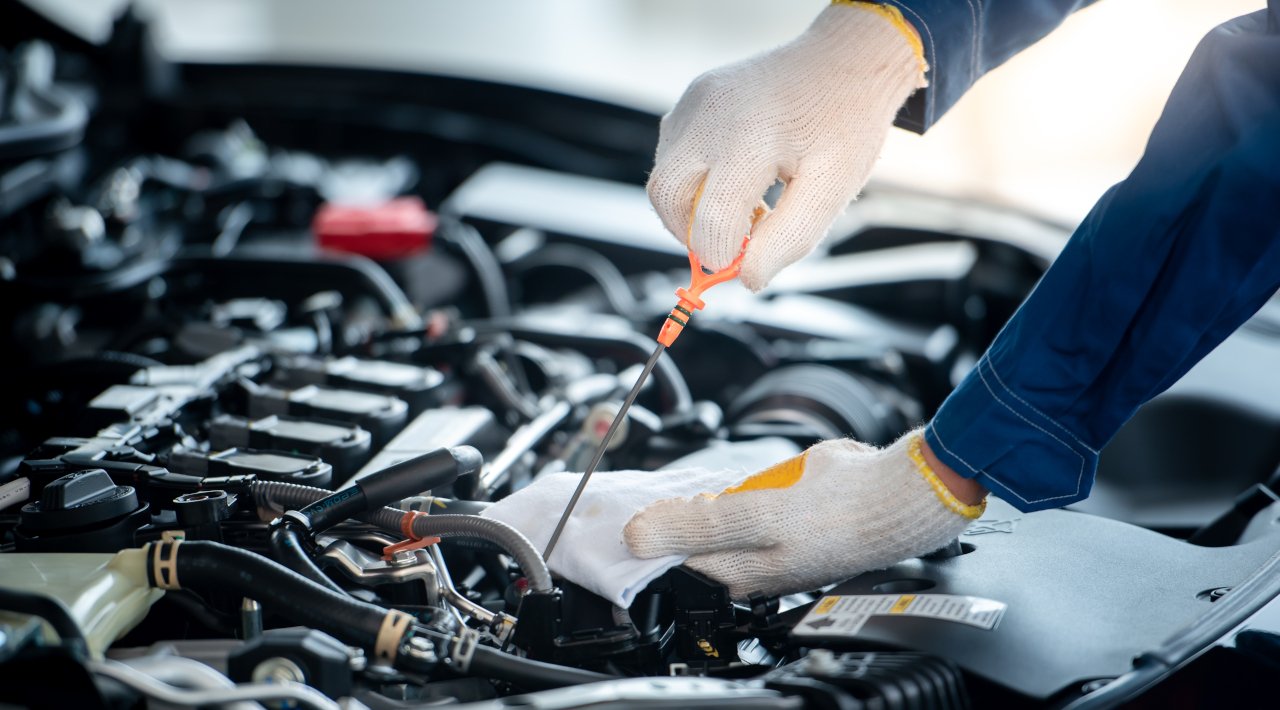Here are six tips to help you keep your vehicle in good shape.

A handbrake permanently locks the brake pads or brake shoes in place. If it is left engaged for a prolonged period, the brake pads or brake shoes can become stuck to the brake disc or drum. This will result in increased friction and hence wear and tear on the rear brakes the next time you drive the vehicle. Therefore, if the vehicle is left unused for a long time, you should leave the handbrake off and keep the vehicle stationary using a wheel wedge or a brick. If your vehicle has a manual transmission, you can leave it parked in first or reverse gear, but not when you are parked on a slope!
The battery slowly loses its charge when a vehicle sits idle – not least because the high-tech computers in today’s cars are always on, even when the engine is switched off. It should be enough to simply start the car every 3-4 days to prevent battery drain. Take your vehicle out occasionally for a short drive (at least 5-10 minutes) to recharge the battery and allow the engine oil and coolant to circulate. If the vehicle will be left unused for any length of time, it can be a good idea to disconnect the cable at the negative battery terminal. The best approach varies depending on the make, model and year of the vehicle, so check the manufacturer's guidelines to be sure.
For EVs: beware of standby power drain While electric vehicles (EVs) require much less maintenance than vehicles with internal combustion engines (ICEs), they are not entirely maintenance-free. Your electric vehicle can lose some of its range after sitting idle for just a week. It is important to keep your EV's battery at a proper state of charge. Most battery experts recommend keeping the charge at somewhere between 40% and 80% when the vehicle is left unused for a prolonged period.
When a vehicle stands in the same spot for several weeks, the tyres can develop flat spots where they are in direct contact with the ground. Needless to say, this is detrimental to the tyres and may require them to be replaced sooner, incurring extra costs. To avoid this, roll or drive the vehicle backwards or forwards every now and again to change the weight distribution on the tyres. Keep an eye on the tyre pressure as well, and top it up if necessary.
Moisture can build up in partially empty fuel tanks, so if your vehicle will be left unused for a month or more it is best to fill the fuel tank to the brim. Depending on the climatic conditions, the engine oil can also deteriorate in unused vehicles over time. Therefore, once the vehicle is back on the road again, it is advisable to get it checked to ensure that the oil hasn't turned sludgy.
Even if your vehicle is only left unused for a couple of days, it’s essential to ensure that the interior is clean and tidy to prevent the air from becoming stale. That includes disposing of any rubbish and in particular removing wet floor mats or other sources of moisture that could fester in the trapped air inside the vehicle, resulting in a foul smell. This is even worse when the air is hot, so leave the vehicle in the shade rather than direct sunlight to minimise the build-up of heat inside.
Leaving a vehicle exposed to the elements, and especially to direct sunlight, for a prolonged period of time causes excessive wear and tear on paintwork, rubber and plastic parts. Keep the vehicle in a garage or – if you have no choice but to park outdoors – cover it with a sheet.